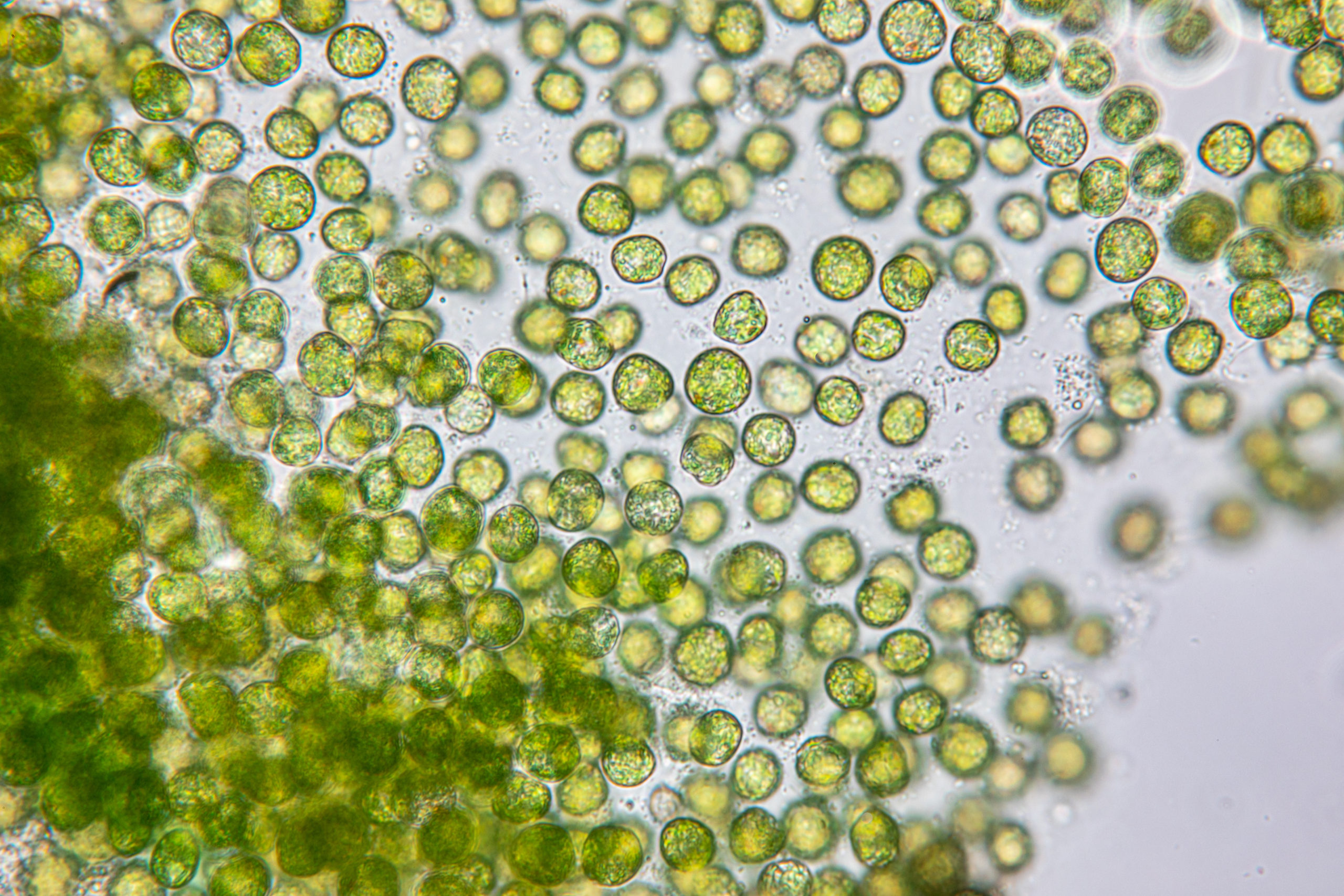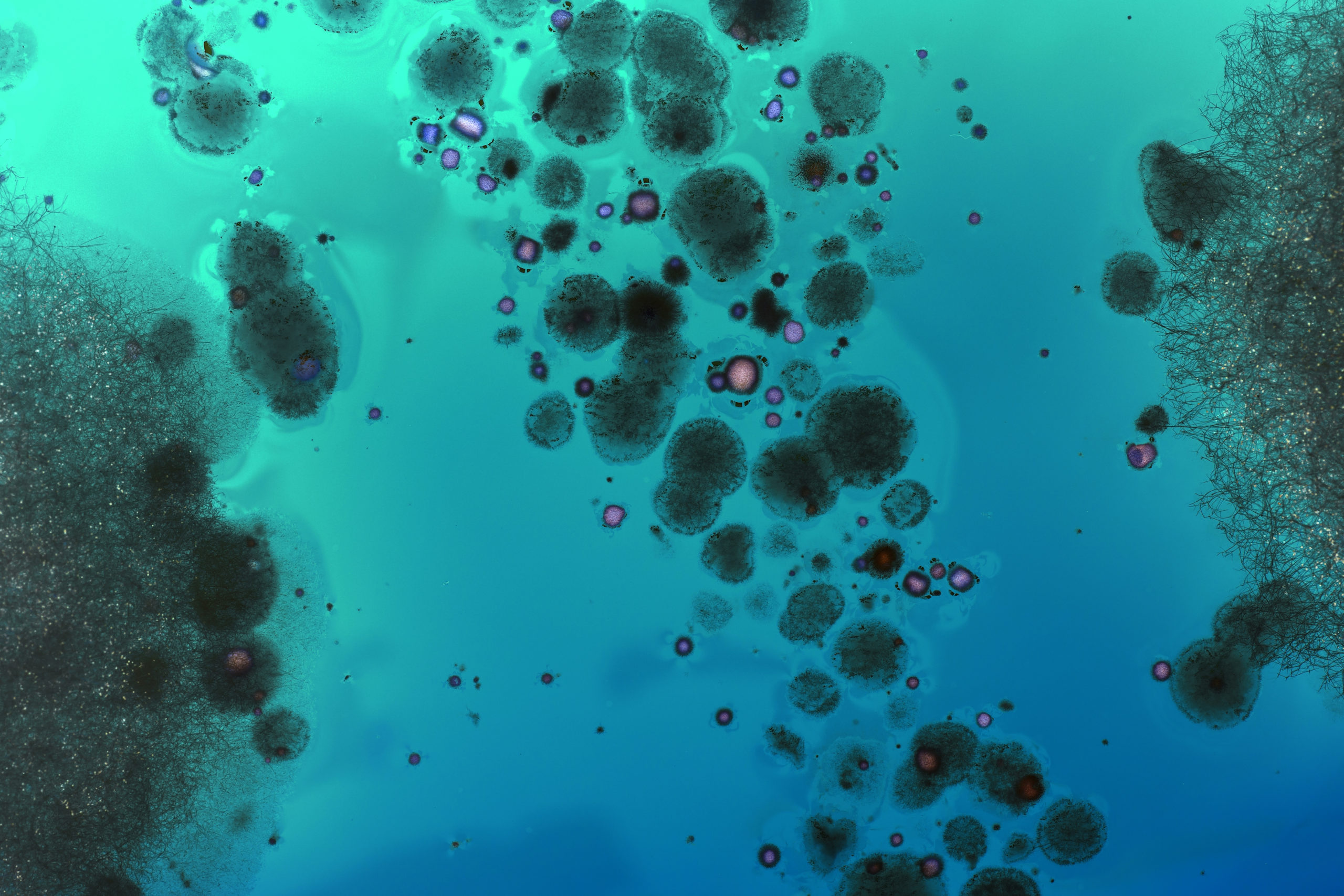Biofilm: What is it and How Does it Affect Water Applications?
What is Biofilm?
Water can be a breeding ground for microscopic organisms, which can multiply and spread throughout water and cause problems within a system. This is called biological growth and is a common issue within water applications. One of the most common types of biological growth is biofilm.
Biofilm is a series of microbial communities which adhere to one another to create a film-like layer of organic material on top of surfaces or useful applications. Biofilm can appear virtually anywhere within a water system, including in pipes, cooling towers, boilers, tanks, and even filter media.

Why is it Harmful?
Biofilm can attach itself to useful applications like heat-transfer surfaces in applications such as cooling towers and boilers. This film, though thin, can significantly impair the functionality and efficiency of the heat-transfer surface, thereby increasing costs associated with fuel and water. Furthermore, biofilm creates an insular layer of slime-like material over a surface which can make the entire community of biofilm resistant to many disinfectant options.
Additionally, biofilm can contribute to microbially induced corrosion, a type of corrosion on metal surfaces caused by the presence of microorganisms. Over time the presence of biofilm can wear down metal and cause pitting, crevice corrosion, and even cracking, increasing costs associated with downtime, maintenance, and early replacement of parts or applications.

How to Combat Biofilm
Biofilm can appear in different areas of a system under different circumstances, and therefore cannot be treated with a one-size-fits-all solution. Instead, a water treatment expert should assess the areas in which biofilm is likely to occur, and then create a customized plan to remove current biofilm while preventing future biological growth. Contact us today for any questions you may have about biofilm and its effects on water systems, or about our water treatment services.
Have more questions about biofilm or other common water issues? Contact us! We would love to hear from you!
